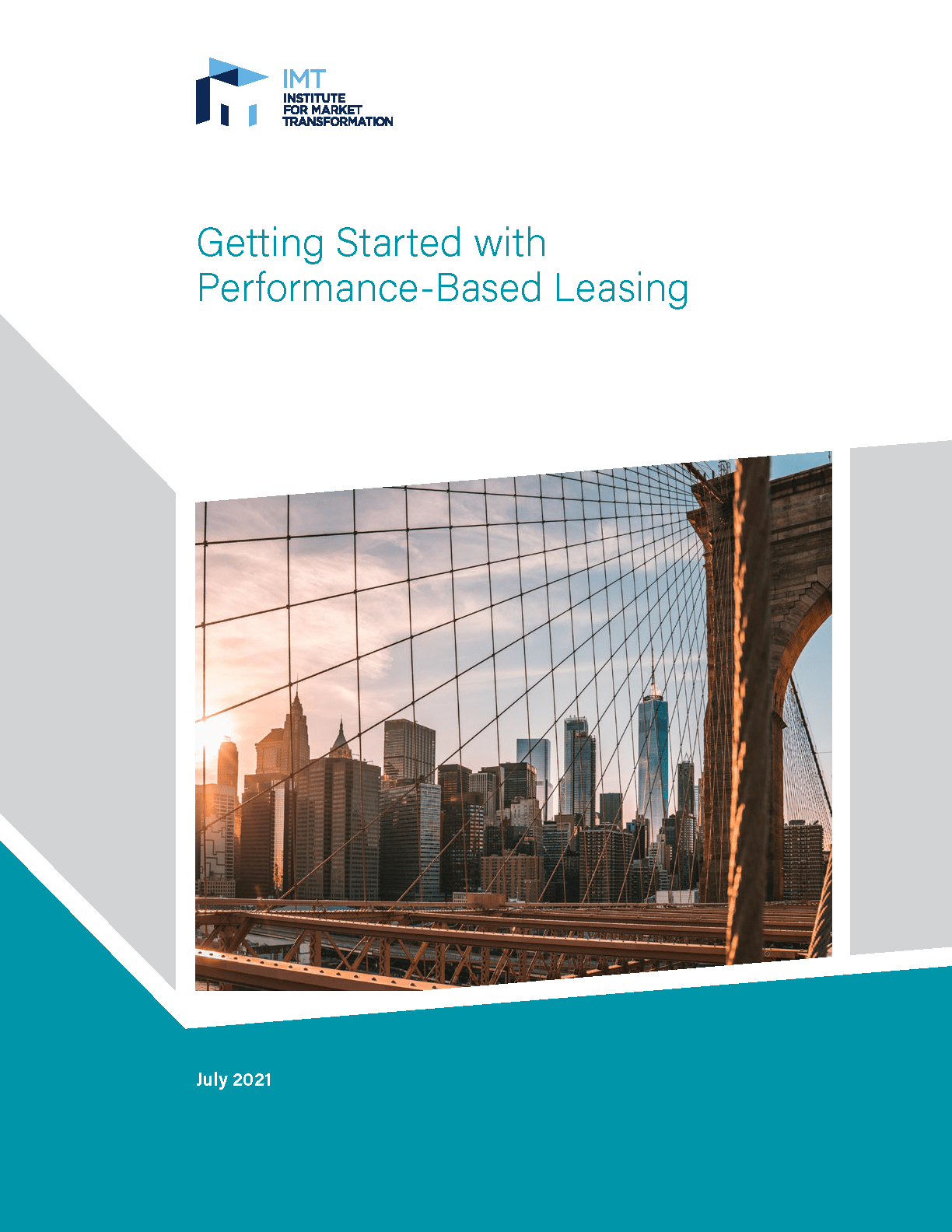The Green Lease Leaders program turned ten this year! In recognition of this milestone, let’s take a look at what we’ve learned in the past decade, and what trends we see today.

The core: building landlord-tenant relationships
Green Lease Leaders has set the industry standard for green lease language since 2014. The original iteration of the Green Lease Leaders program focused on office properties in the U.S. Over the past 10 years, the program has evolved to encourage continued green leasing best practice enhancement and encompass a wider range of property types around the world.
A major component of the program’s success is that it strengthens relationships between landlords and tenants. By stepping outside of leasing norms to forge collaborative leasing terms and designate clear shared goals and contact points, both parties are able to advance asset-level decarbonization and sustainability initiatives, in line with rising market demand for both. Our numerous case studies highlight how both landlords and tenants have found value through close coordination on leases. For example, IBM and Lendlease use green leasing to achieve net zero energy goals.
Beyond the basics
As many cities and states continue to adopt policies setting a bar for building performance and potential energy improvements, the landlord-tenant partnership has become even more important. In recognition, IMT created the performance-based lease, which is specifically designed to reduce risk and enable decarbonization at the building level. This in turn supports compliance with building performance standards, such as New York City’s Local Law 97.
Some past Green Lease Leaders, like Brandywine Realty Trust, went a step further and tackled both social and carbon reduction goals. In 2022, the Green Lease Leaders program launched the Platinum tier, now the highest level of Green Lease Leaders achievement, to recognize organizations, like Brandywine, that use their leases to collaborate above and beyond pure energy efficiency.
Impact
From our original class of 14 leaders, over 200 organizations have earned Green Lease Leaders recognition. This year’s Green Lease Leaders include 65 organizations representing countries like Canada, Costa Rica, Mexico, Switzerland, and the U.K. in addition to the United States. These companies span industrial, retail, healthcare, and multifamily sectors, showing the wide applicability of green and performance-based leases.
Since last year, our Platinum winners have more than doubled, demonstrating increased adoption of enhanced green leasing practices to incorporate building performance targets. Nearly half of our 2024 Green Lease Leaders are also new to the program. This is part of a sustained trend of new organizations taking up green leasing and seeking recognition for their efforts. Each year, the Green Lease Leaders cohort is at least 30% new organizations, with most years reaching 50% new leaders.
What’s next
Markets constantly shift, and green leases are a necessary part of a bigger moment of change within real estate. Despite some political pushback in recent years, demand for action on environmental, social, and governance issues continues to rise.
Companies with public goals have high reputational risk if they do not meet them. Investors expect climate action from large corporations. The Federal Government is driving change through requiring net zero leases in all GSA leased spaces by 2030. State and local governments continue to pursue policies that will preserve the hope of keeping Earth’s rising temperatures within 1.5 degrees Celsius. These regulatory actions include Building Performance Standards in the U.S., minimum energy standards in Europe, and the recent SEC climate-related disclosure ruling.
These trends are pushing the real estate market toward a new normal, and green leases are a critical tool in adaptation. To make changes at the asset level, landlords and tenants need shared commitments to energy performance targets, and the relationships to make it a reality. Traditional lease clauses do the opposite, often locking in inefficient practices and pitting the parties against one another when it comes to property investment. By leveraging green and performance-based leases, landlords and tenants can both reap the rewards of staying ahead of the curve.



